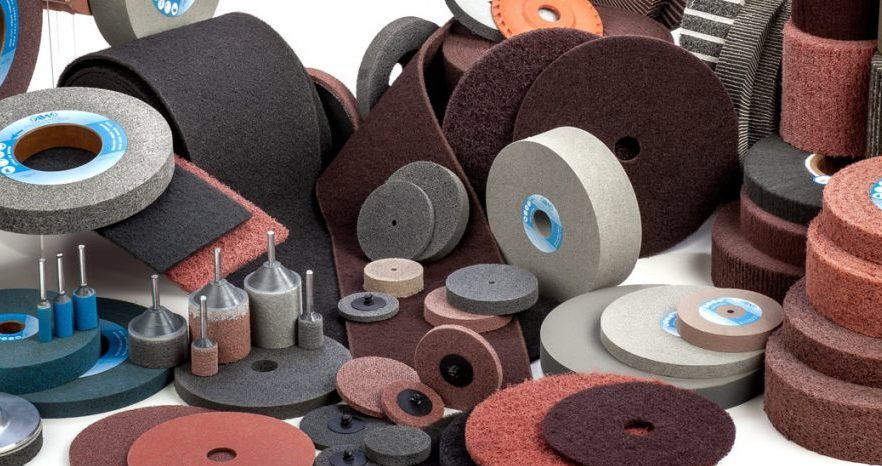The abrasive tool is now popular in many areas of industry and everyday life.
It is used in various processing of metallic and non-metallic surfaces, for example, in the process of grinding, polishing, trimming.
Therefore, materials and devices with abrasive particles are used in the production of machines, devices, machine tools, parts, bearings, household items.
You can also find this tool in construction work.
This is the best way to remove roughness, irregularities, scratches and chips from the coating.

Choosing an abrasive tool is a difficult process, because you need to take into account several nuances.
There are many classifications, but the division by type, depending on the application of the abrasive, is of particular importance when choosing.
Construction
Depending on the design, there are abrasive tools:
- Self-locking.
This is often a circle of sandpaper of different grain sizes, which is hooked on a grinder using a special fabric base.
- Petal-shaped.
They are able to adapt to the processing surface due to their good elasticity.
They got their name due to the fan placement of the petals on the instrument.
They have a very important advantage – the absence of burrs.
Such abrasive tools are used for processing pipes, wooden or shaped surfaces.
- Abrasives on metal.
They are necessarily used when grinding seams after welding to remove burrs.
Such tools are durable, because they must withstand contact with metal.
- Fiber.
They are attached to the grinder through a support plate of the required cross-section.
They are made of multilayer paper that has undergone a vulcanization process.
It is used for stripping metal and wood products.
- Diamond ones.
These are recommended for surface finishing.
But remember that such circles are weak and quite fragile, but some materials can only be processed with them.
There is also a separation of abrasive materials depending on hardness.
So when grinding dry, it is worth using softer circles.
18 June 2019